

Quote: Originally posted by Mailinmypocket  |




Quote: Originally posted by elementcollector1  |

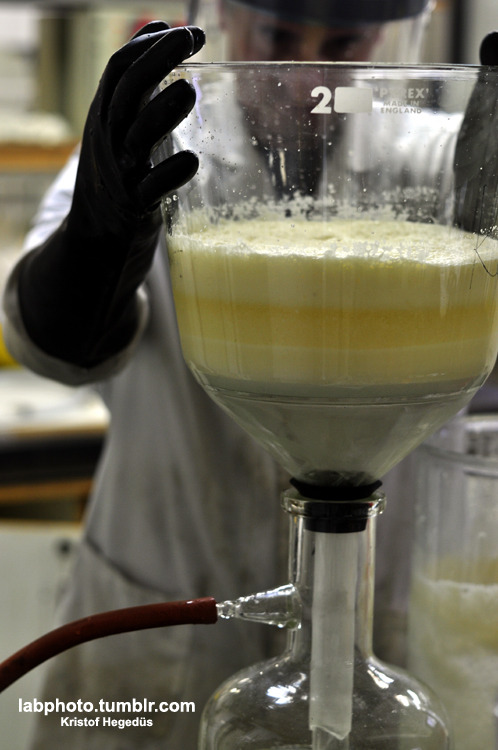 -click on the picture to visit my photoblog.
-click on the picture to visit my photoblog.
Quote: Originally posted by Hexavalent  |



Quote: Originally posted by Pyro  |
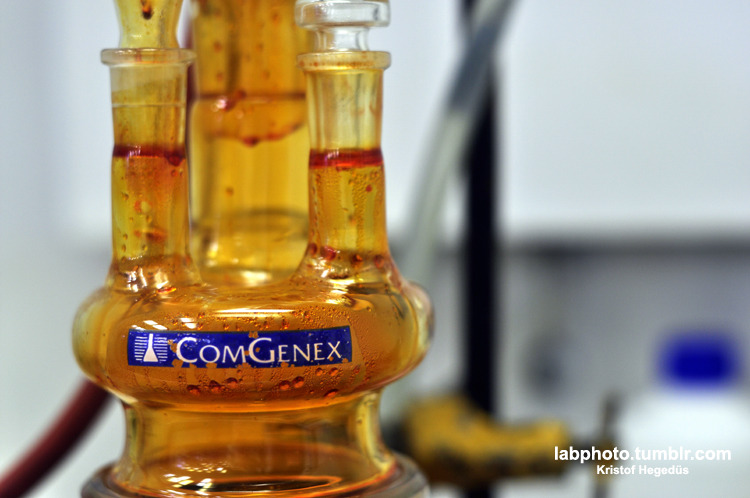

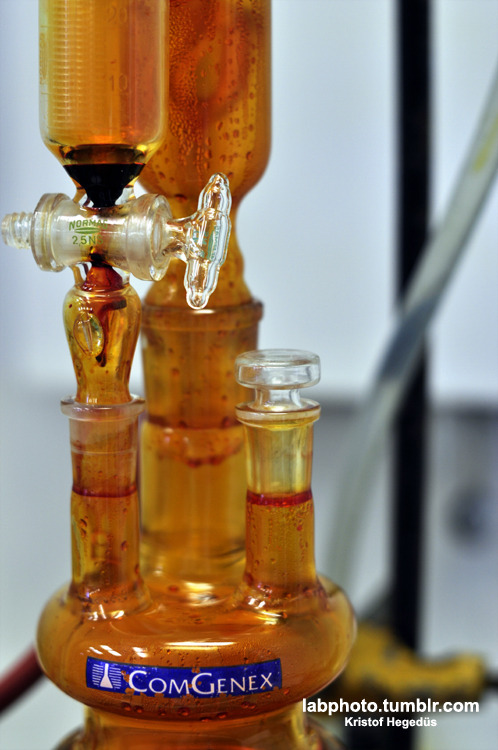

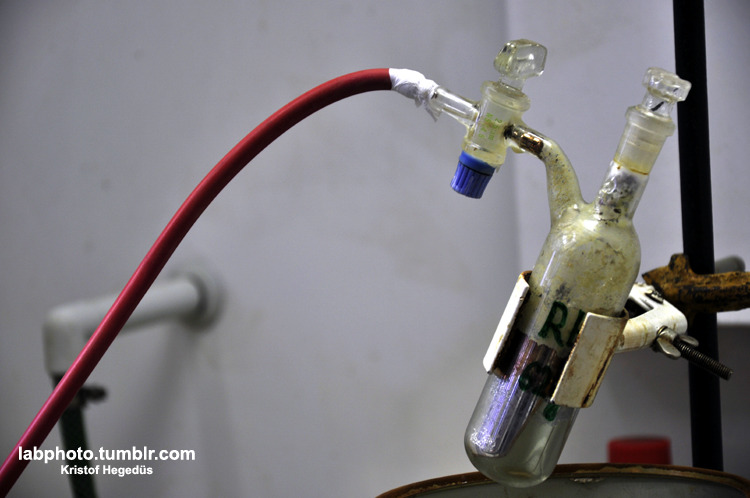
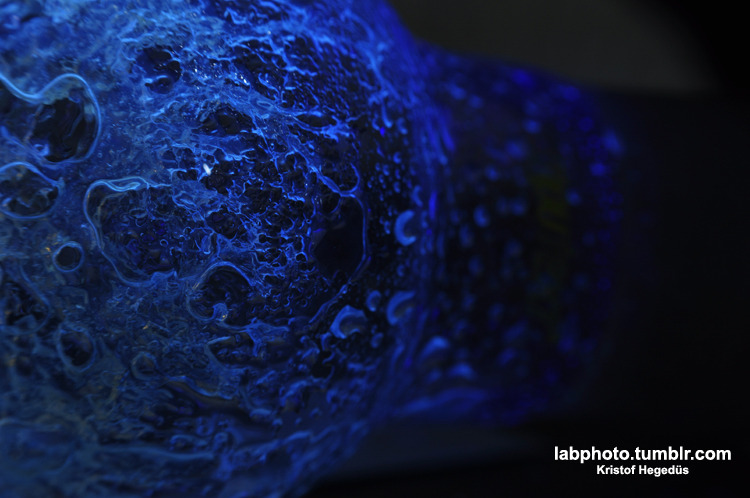
Quote: Originally posted by bfesser  |
Quote: Originally posted by kristofvagyok  |
Quote: Originally posted by Adas  |
Quote: Originally posted by blogfast25  |
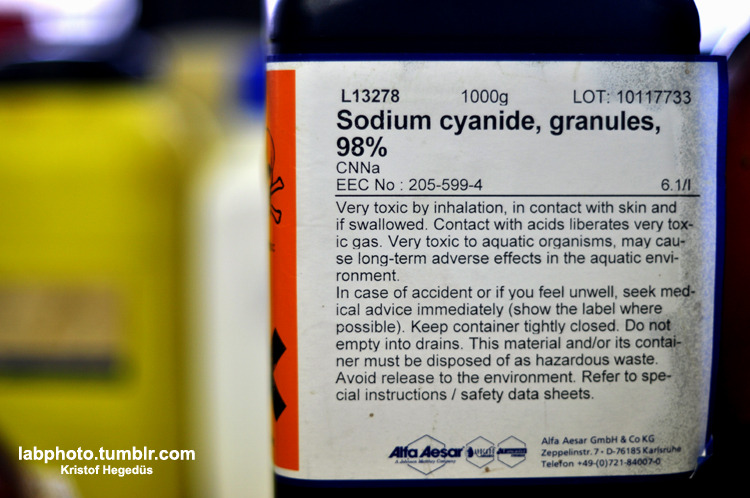

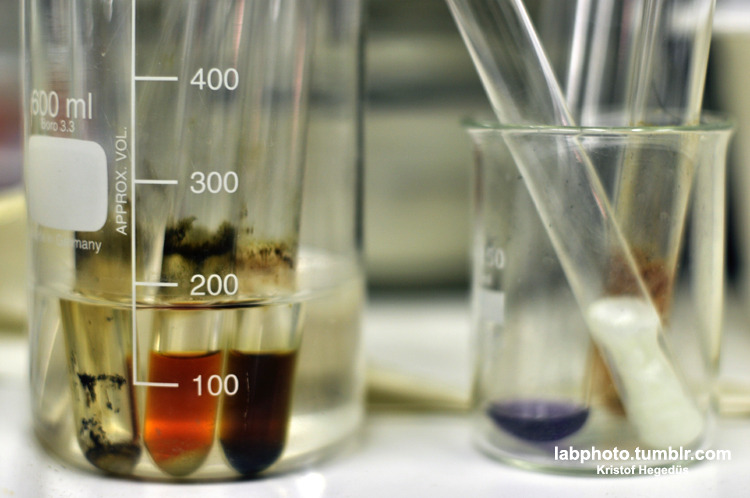
Quote: Originally posted by mr.crow  |
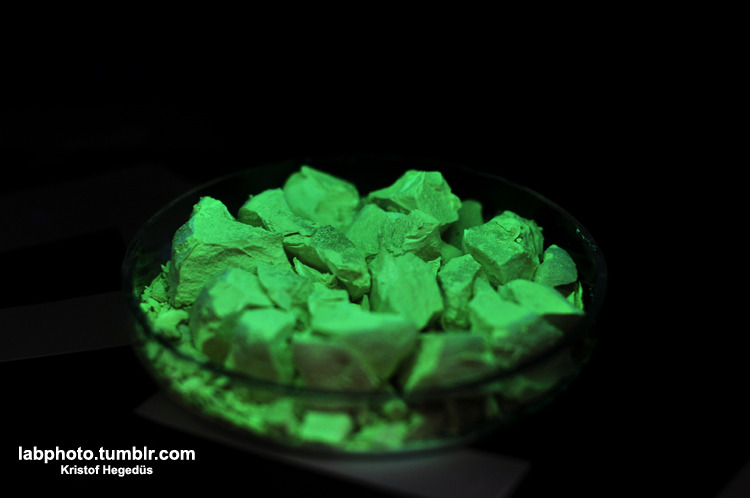
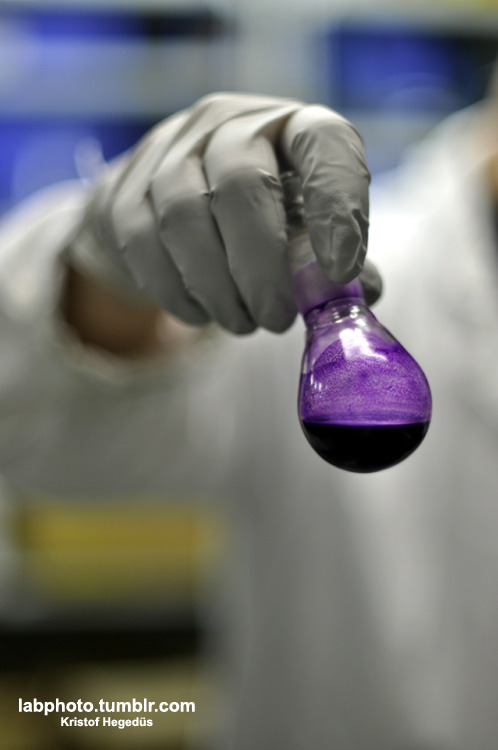
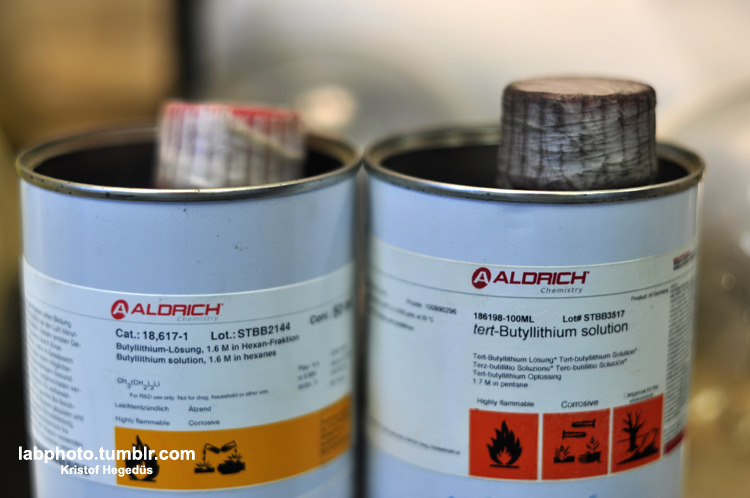

Quote: Originally posted by Oscilllator  |

 yours look like little
pebbles or something
yours look like little
pebbles or somethingQuote: Originally posted by Pyro  |

 One of the best investments I've made. They're not even terribly
expensive from a certain seller on eBay, even shipped internationally.
One of the best investments I've made. They're not even terribly
expensive from a certain seller on eBay, even shipped internationally.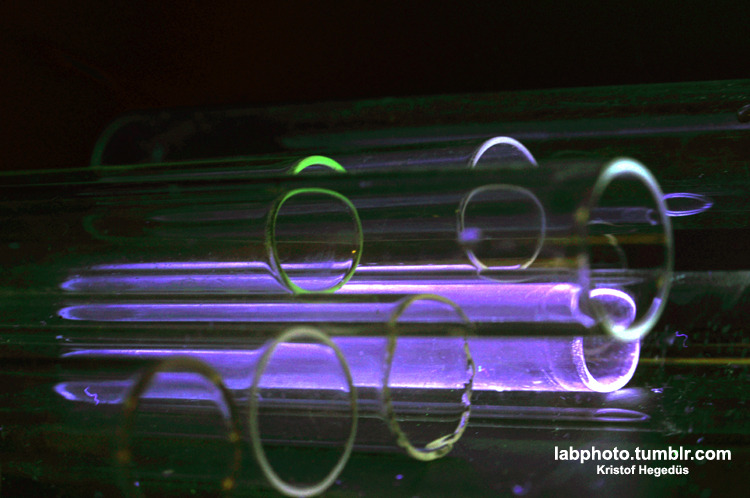


Quote: Originally posted by Valentine  |

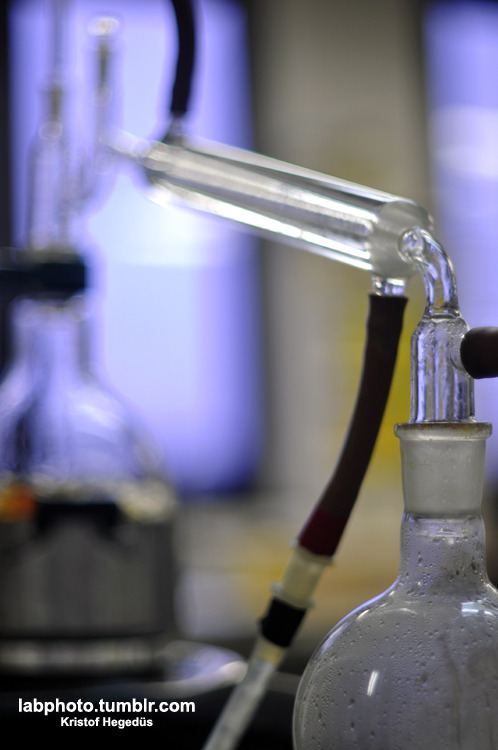


Quote: Originally posted by kristofvagyok  |

Quote: Originally posted by CaliusOptimus  |
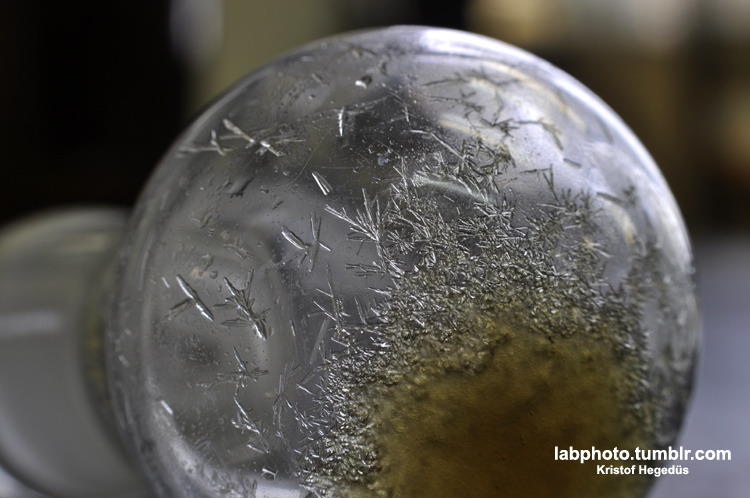
Quote: Originally posted by ItalianChemist  |



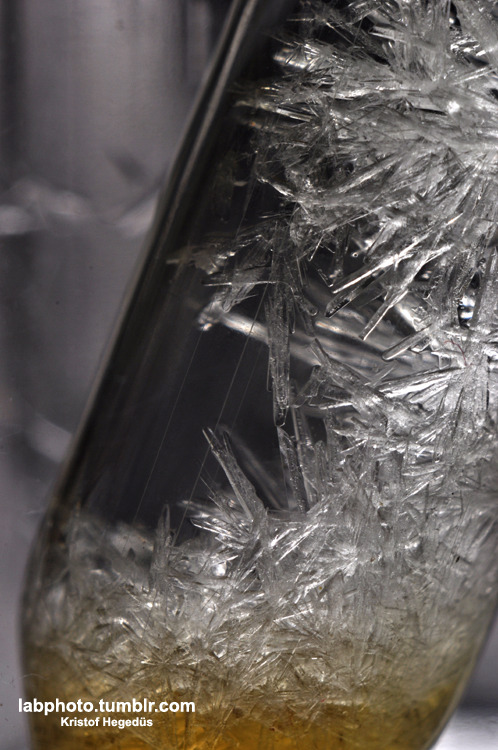
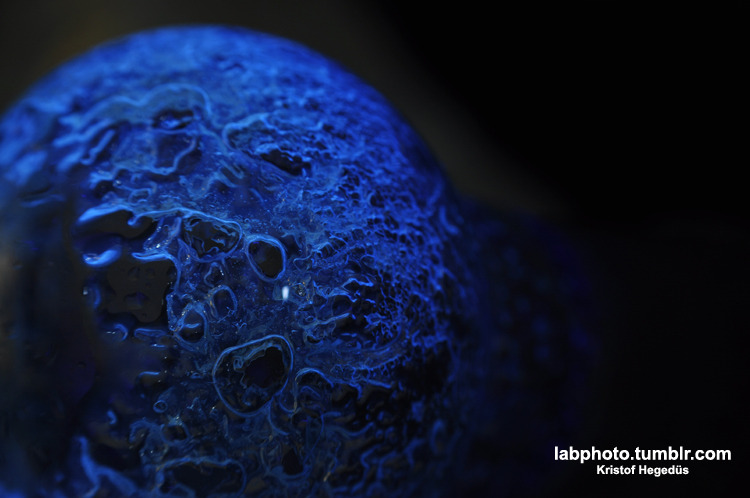





Quote: Originally posted by mayko  |
Quote: Originally posted by blogfast25  |
Quote: Originally posted by mayko  |
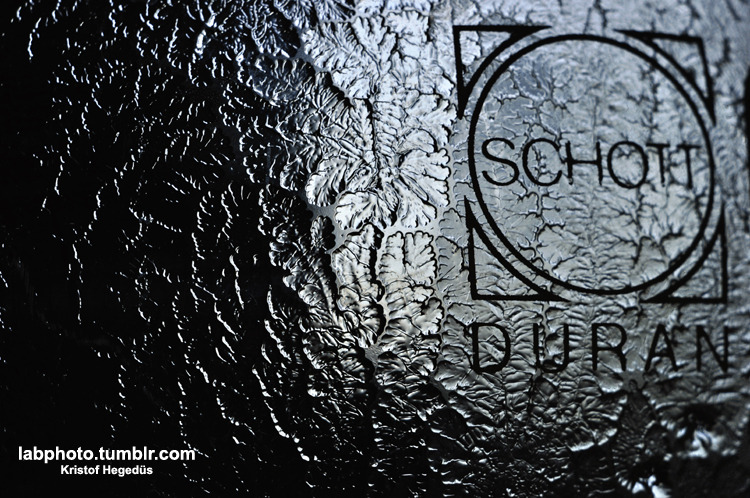
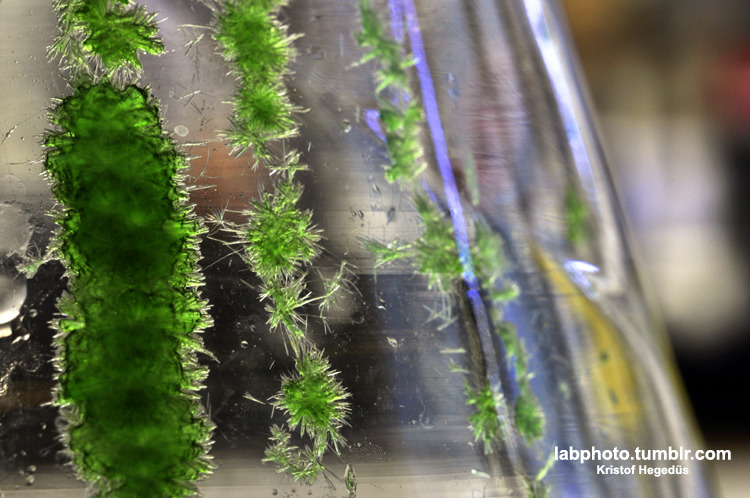


Quote: Originally posted by Adas  |
Quote: Originally posted by hissingnoise  |
Quote: Originally posted by hissingnoise  |
 But not AS sensitive. I have done some tests with big
crystals, nothing spectacular happened.
But not AS sensitive. I have done some tests with big
crystals, nothing spectacular happened.Quote: Originally posted by Adas  |
Quote: Originally posted by Mailinmypocket  |
Quote: Originally posted by mr.crow  |
 (unfortunately, looking back the photo isn't as clear as I thought it
was) I followed the procedure identically as described by UnintentionalChaos on this thread here
(unfortunately, looking back the photo isn't as clear as I thought it
was) I followed the procedure identically as described by UnintentionalChaos on this thread here
Quote: Originally posted by mr.crow  |
